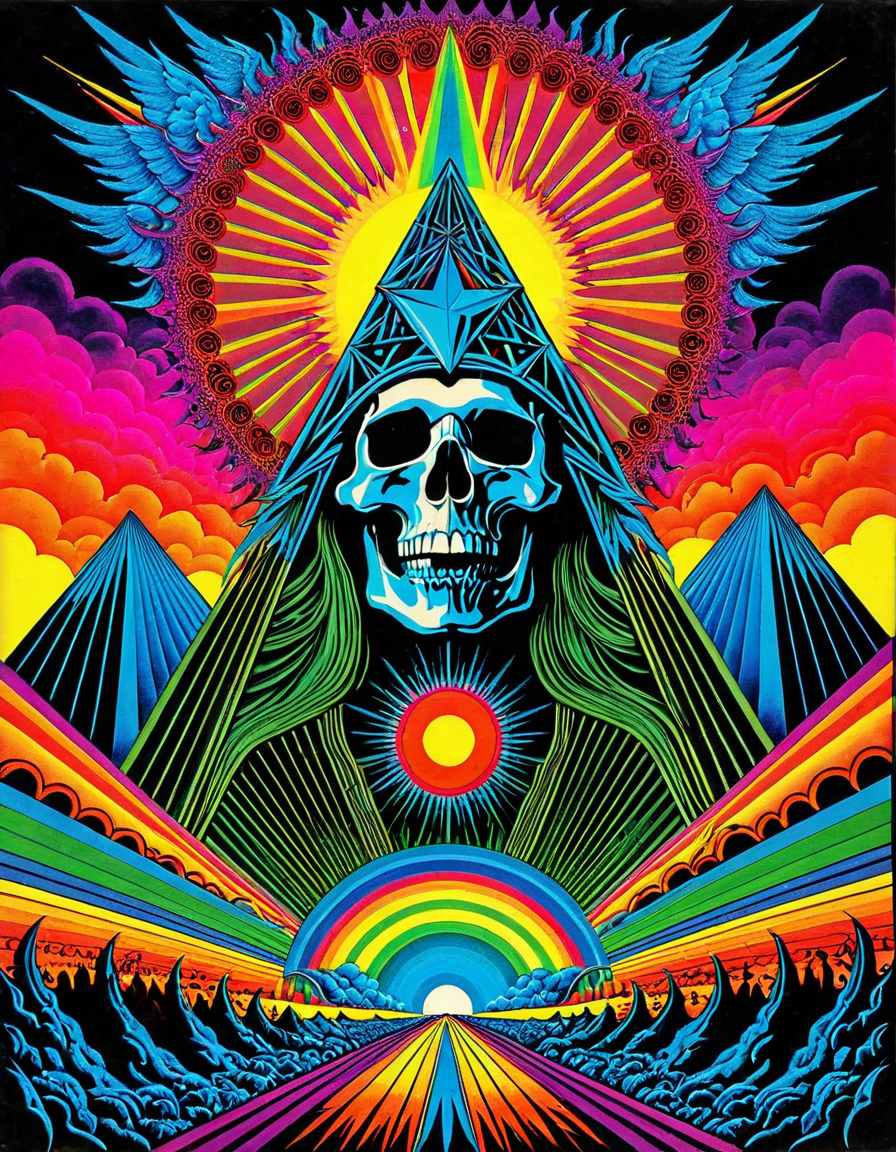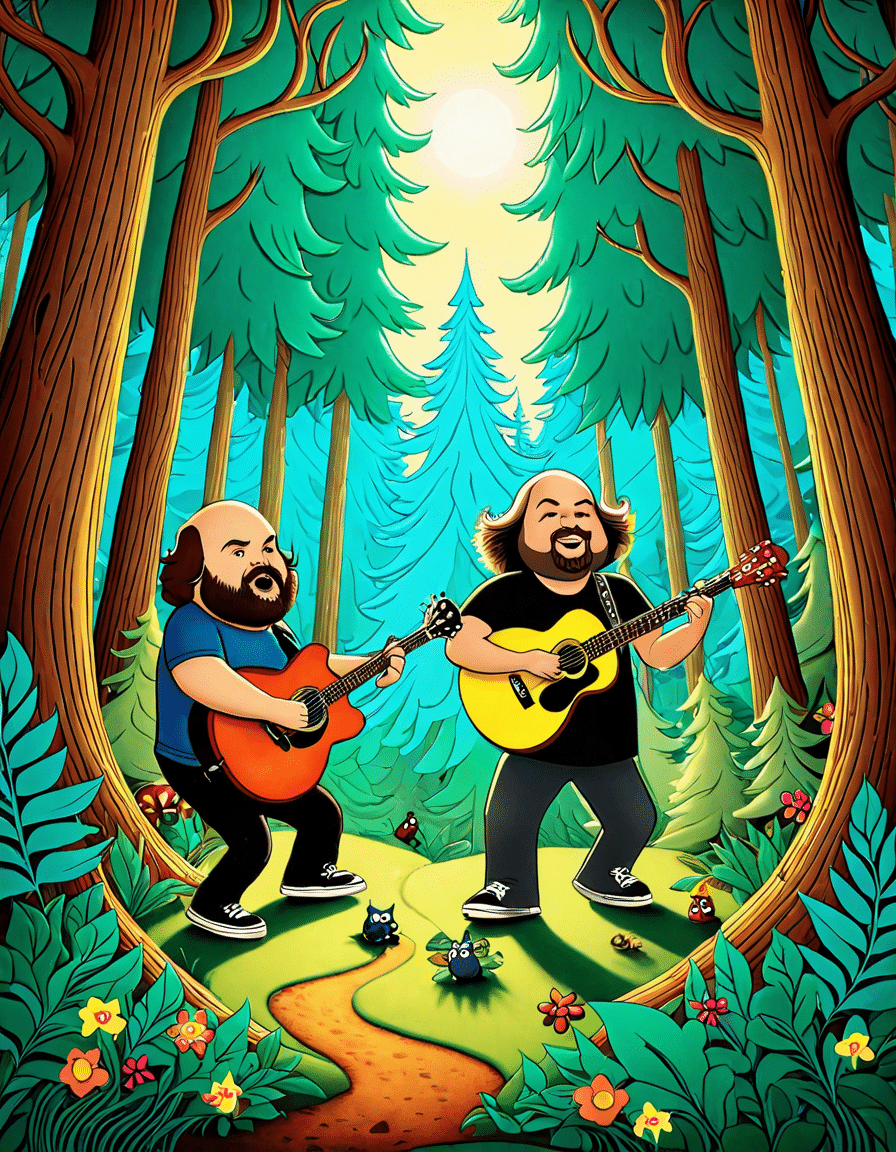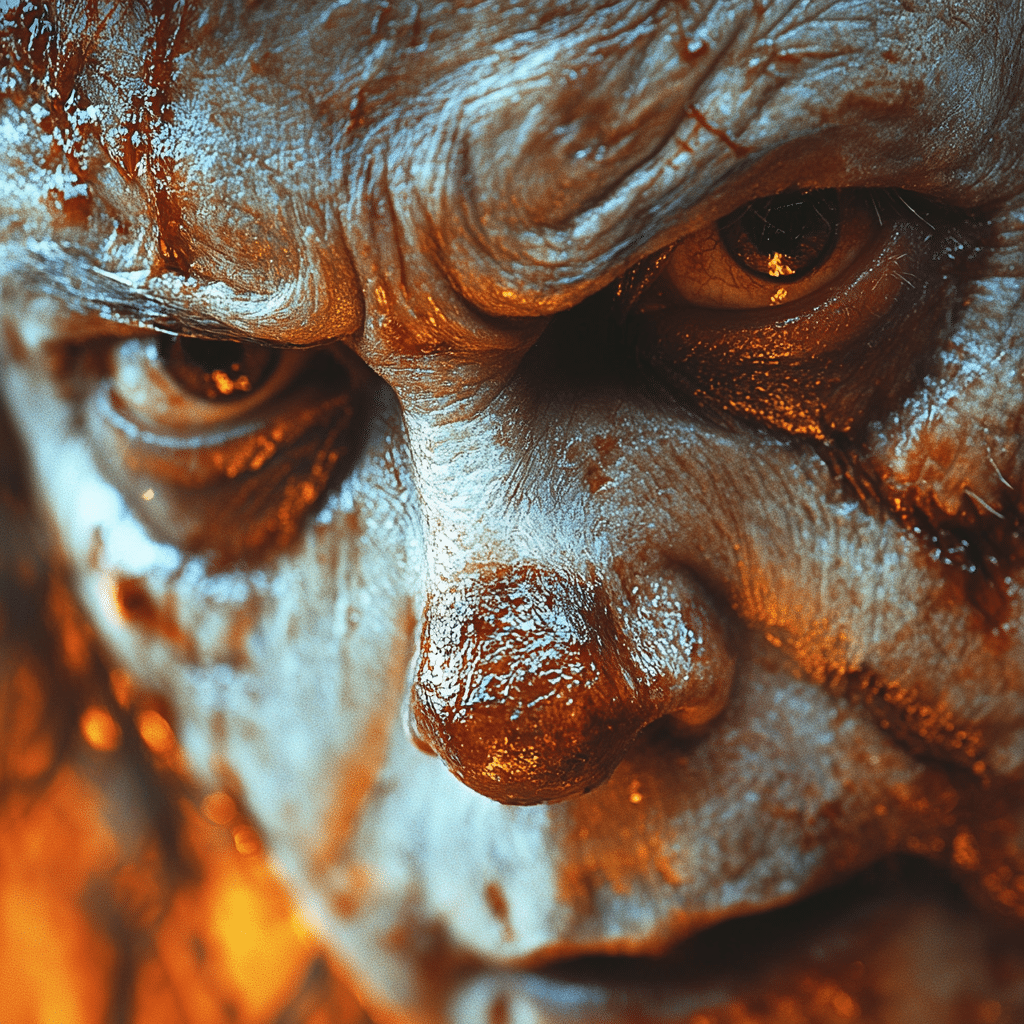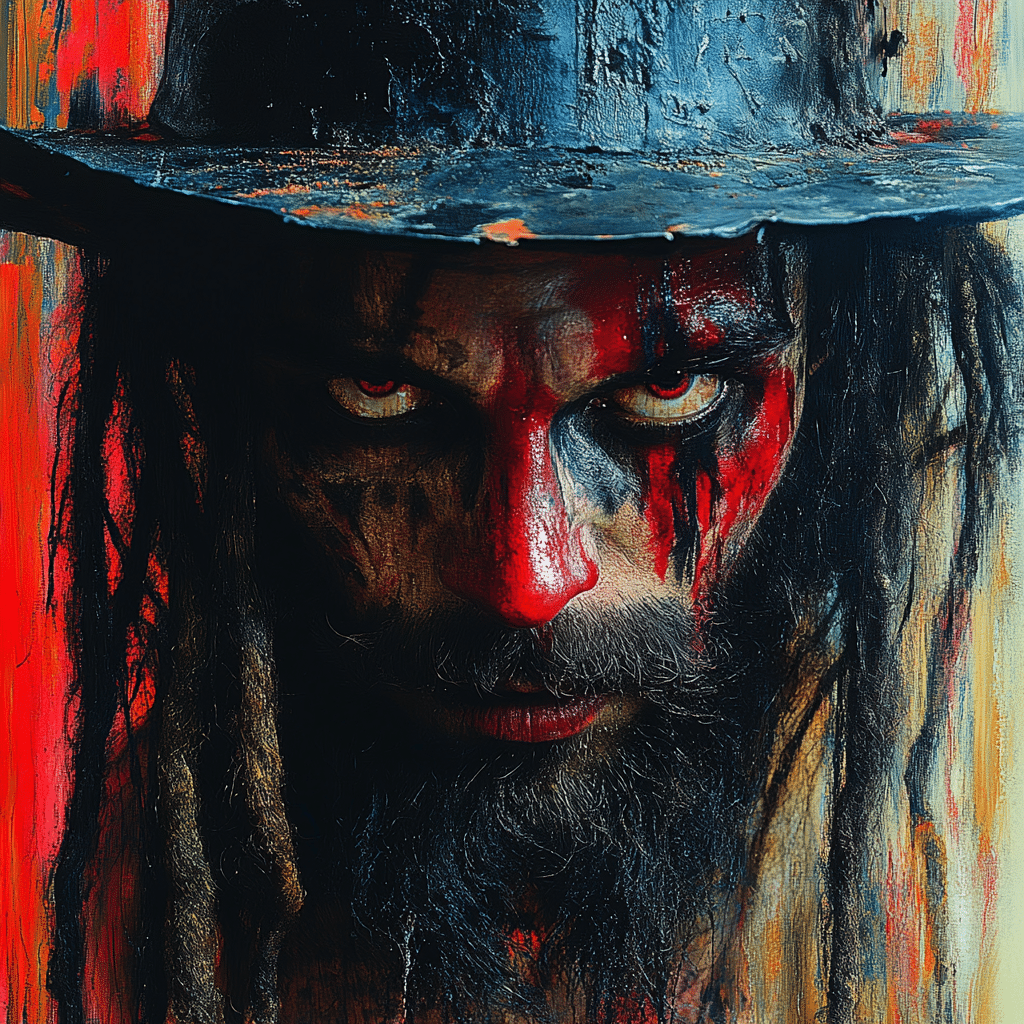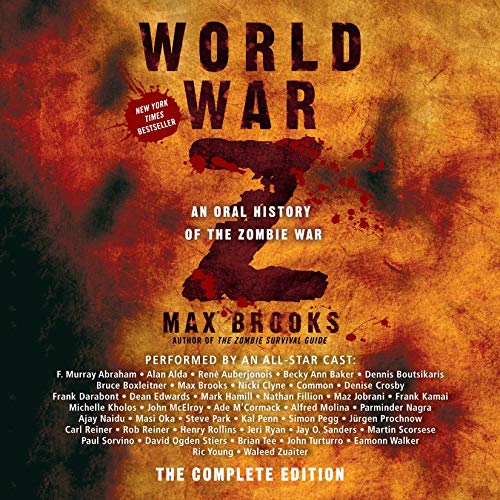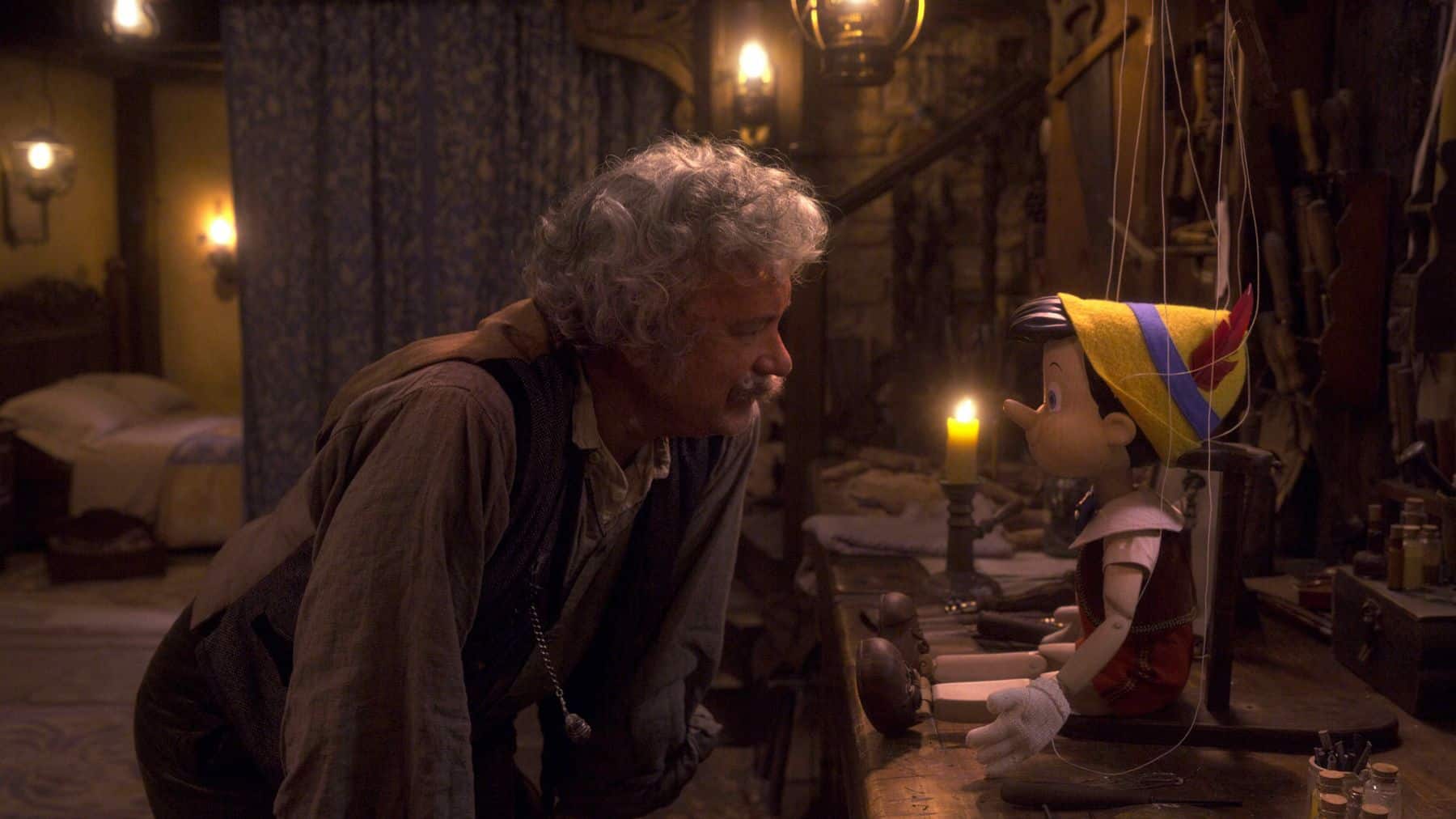Heavy metal’s enduring influence on music’s landscape is like the soundtrack to a rollercoaster: full of highs, lows, and stomach-dropping moments that keep you on the edge of your seat. Emerging in the late 1960s, heavy metal exploded in popularity through the 1970s and 1980s, leaving an indelible mark on not just rock music but the entire musical spectrum. As genres merged and sub-genres sprouted like daisies after a rainstorm, heavy metal evolved, embracing innovation and creativity. Let’s dive into the heavy metal legends whose contributions have not only defined their era but have paved the way for what music has become today.
![Slipknot - Psychosocial [OFFICIAL VIDEO] [HD]](https://www.motionpicture-magazine.com/wp-content/cache/flying-press/6fc764fdfecceadd4bfb657f9183feb4.jpg)
Top 7 Heavy Metal Legends That Shaped Music’s Future

1. Black Sabbath: The Architects of Metal
When you think of heavy metal, who doesn’t conjure up images of Black Sabbath? Often hailed as the forefathers of this genre, they kicked down doors with their groundbreaking sound that swirled around dark themes and heavy riffs. Their eponymous debut album, released in 1970, thrust listeners into a world where foreboding sounds redefined the rules of rock music.
Black Sabbath’s influence echoes through the decades; it’s no surprise that bands like Metallica and Pantera have credited the group with shaping their musical paths. Just imagine, without Black Sabbath, we might still be stuck with bubblegum pop dominating the airwaves. Talk about an extreme makeover! Metal as we know it today exists largely because these legends paved the way.
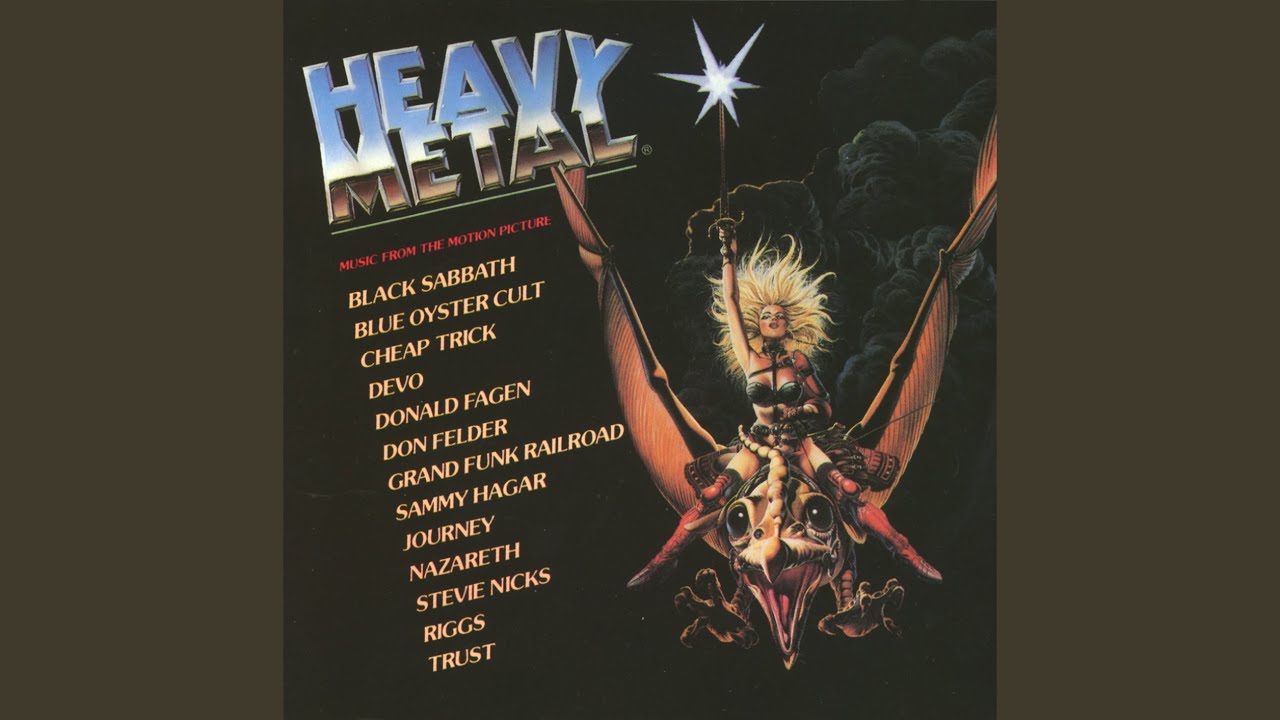
2. Metallica: From Thrash Pioneers to Cultural Icons
Now let’s talk about Metallica—the band that became a household name even if your grandma still thinks “Enter Sandman” is a lullaby. Metallica took the seeds planted by bands like Black Sabbath and watered them with speed, aggression, and lyrical depth in albums like “Master of Puppets” and “The Black Album.” Established as trendsetters, they not only set the gold standard for thrash metal, but they also reached into the mainstream to show how heavy metal could resonate with a broader audience.
Creating a successful model for marketing and merchandise, Metallica didn’t just play music; they engaged fans, proving that there’s more to a band than just their sound. They turned concerts into monumental events and opened doors for future bands to do the same. If you didn’t have a Metallica T-shirt in the ’90s, did you even rock?
3. Iron Maiden: Epic Storytelling in Heavy Metal
Iron Maiden took the narrative art form and launched it into outer space, incorporating mythology and literature into their songs with breathtaking flair. Take “The Trooper,” for instance; this ballad doesn’t just rock; it takes you on an epic journey through historical events, elevating the listening experience. Albums like “Powerslave” weave intricate stories that capture the imagination.
With their unique approach, Iron Maiden encouraged myriad artists across genres to dive deeper into storytelling in their music. They proved that a catchy riff paired with an engaging narrative is the best recipe for lasting impact. Just think—without Maiden, would we have seen the same storytelling trends in pop and rock music today?
4. Judas Priest: The Birth of the Metal Aesthetic
Dressed in leather and studded jackets, Judas Priest didn’t merely play heavy metal; they became it. With their iconic image, they influenced not only musicians but also visual artists and fashion designers. Their pivotal album, “British Steel,” introduced mainstream listeners to heavy metal’s raw energy like a jolt of caffeine on a Monday morning.
We’re talking about twin-guitar harmonies that could slice through any doubt that metal was here to stay. These aesthetic choices forged an entire subculture that still resonates through rock fashion today. From music videos to movie scenes, their influence has seeped into the general pop culture landscape. Thanks to Judas Priest, heavy metal isn’t just music; it’s a lifestyle!
5. Slayer: Pioneers of Extreme Metal
If you thought heavy metal couldn’t get more intense, Slayer came along to prove you wrong. With aggressive rhythms and lyrical themes that make your hair stand on end, Slayer pushed boundaries like a bulldozer through a wall. Their album “Reign in Blood” is considered a landmark in the genre, introducing sonic elements that would evolve into death metal and metalcore.
Slayer challenged the norms, encouraging other musicians to explore the darker side of music and creativity. It’s hard to imagine how many bands would have attempted to tackle extreme themes had Slayer not done it first. Heavy metal’s dark side wouldn’t be what it is today without them!
6. Megadeth: The Complexities of Metal Composition
Dave Mustaine brought a new level of sophistication to heavy metal with Megadeth. Their intricate compositions and technical prowess are legendary, challenging the norms set by their musical peers. Albums like “Rust in Peace” remain revered for their combination of musical and lyrical complexity, paving the way for future forms of metal.
Their influences reach far beyond the heavy metal genre, extending into progressive rock and breathing life into technical death metal. With this level of musicianship, it’s clear that Megadeth laid the groundwork for future musicians to experiment and expand their sound endlessly. Heavy metal never looked so smart!
7. Slipknot: The Fusion of Genres
The late ’90s saw the emergence of Slipknot, who proved that heavy metal can be a chameleon of genres. They blurred the lines between heavy metal and other styles, including nu-metal and alternative rock. With their aggressive sound and theatrical performances, they brought in a fresh audience eager to explore what heavy metal had to offer.
Slipknot’s ability to merge genres has opened the door for bands to experiment creatively without fear. Thanks to their influence, we now see collaborations across genres that redefine the soundscape of the 21st century. Heavy metal is alive and well—just check out the playlists on any streaming service, and you know it!
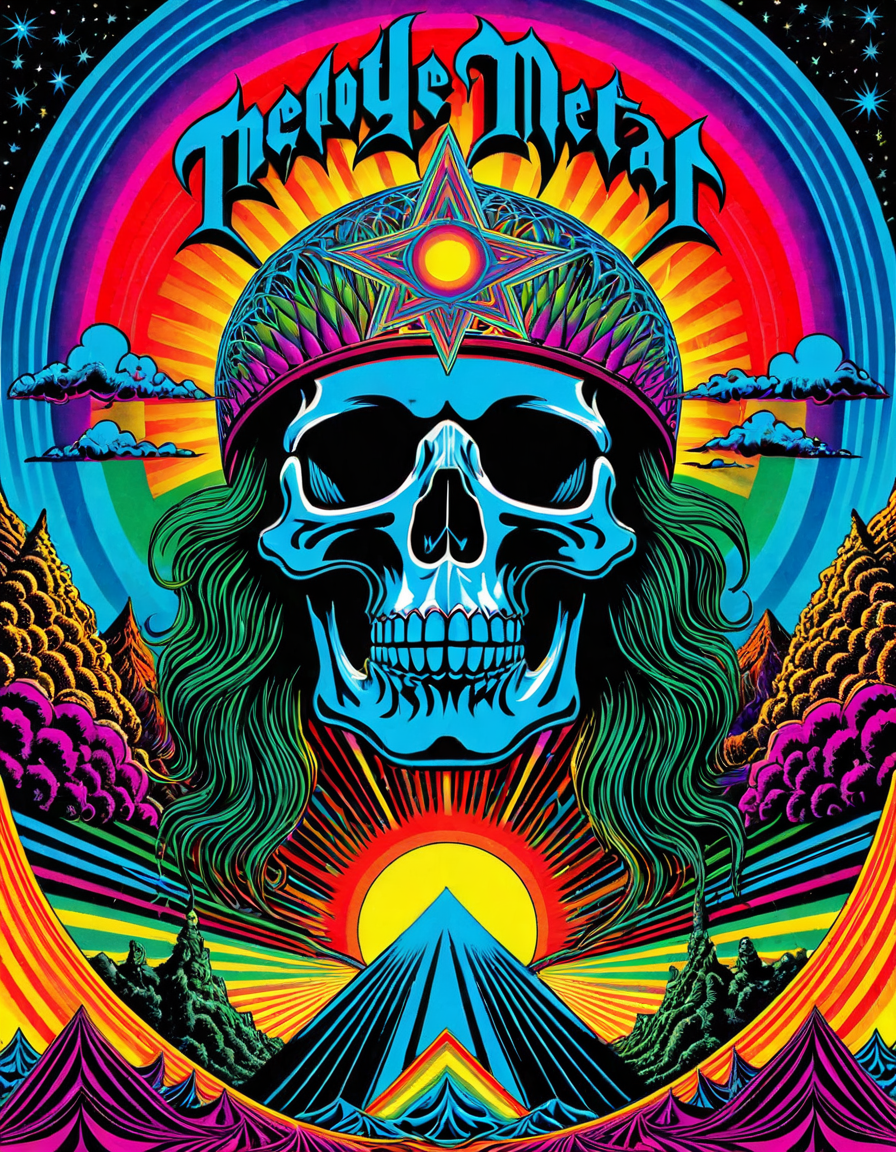
The Legacy and Future of Heavy Metal
Reflecting on the heavy metal legends, it’s clear their contribution goes beyond mere notes on a page. Each brought something unique to music, igniting passion in new generations across a variety of styles. The fusion of heavy metal with punk, hip-hop, and even pop showcases its flexibility and continued relevance.
As we navigate the 2020s, heavy metal continues to inspire and push boundaries. Emerging bands boldly merge elements from different genres, ensuring heavy metal remains an essential part of music’s evolving tapestry. So grab your headphones and crank up those riffs; heavy metal isn’t just a phase; it’s a permanent vibe that promises to shape artistry long into the future.
In this sprawling universe of sound and artistry, heavy metal stands as a testament to creativity, rebellion, and the unyielding spirit of music. Who knows? The next legendary band might just be waiting in the wings, ready to shout their story into the world!

Heavy Metal: Legends That Shook the Music Scene
Origins and Evolution
Heavy metal music kicked off in the late 1960s, drawing influence from rock and blues but cranking everything up a notch. Along with bands like Black Sabbath and Led Zeppelin, artists began experimenting with sound, leading to an aggressive, powerful vibe that still resonates today. Interestingly, the phrase run With The wind symbolizes the unyielding spirit behind the genre, showcasing the raw energy heavy metal brings to the music scene. Popular culture and television shows, such as Naruto shippuden, have also embraced heavy metal elements, illustrating its wide-reaching impact beyond just music.
Iconic Figures
One name that often comes up in heavy metal lore is Rob Zombie, not just for his music but also for his cinematic contributions. He’s a perfect example of someone who’s really pushed the envelope, making a name for himself in both the music and film world. Speaking of crossovers, remember Kelly, a performer who’s taken cues from the heavy metal movement to infuse her style with a dose of hard-hitting flair? It just goes to show how interconnected the music industry can be. You can even see glimpses of heavy metal heritage in unexpected places, like the marketing strategies behind a Walmart Super Center, showcasing how cultural elements bleed into commercial avenues.
Cultural Impact
Heavy metal’s influence is everywhere, from fashion to films, and even in promotional tactics that you wouldn’t think were related. For example, Joe Hooten is an individual who’s examined how heavy metal aesthetics resonate in various creative fields. You could say it’s all about the attitude! Plus, if you’re into the quirky side of things, Types Of Butts in heavy metal artwork often provoke laughs while tapping into deeper themes of identity and rebellion. Just check out how heavy metal can shape not only music but the way we express ourselves, all while grabbing a drink of Glenfiddich to toast to it!
Finally, let’s not forget the fanbase. Heavy metal listeners are some of the most dedicated folks out there, coming together in mosh pits and festivals. Stars like Ruby Rose turner exemplify how this genre’s vibrant community draws in diverse crowds. So, whether you’re dancing at a festival or just cranking up the tunes at home, remember that heavy metal isn’t just a genre, it’s an experience that blurs the lines between music and life itself.
